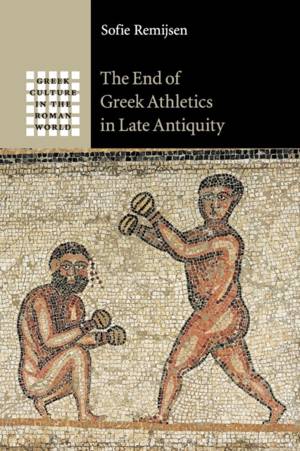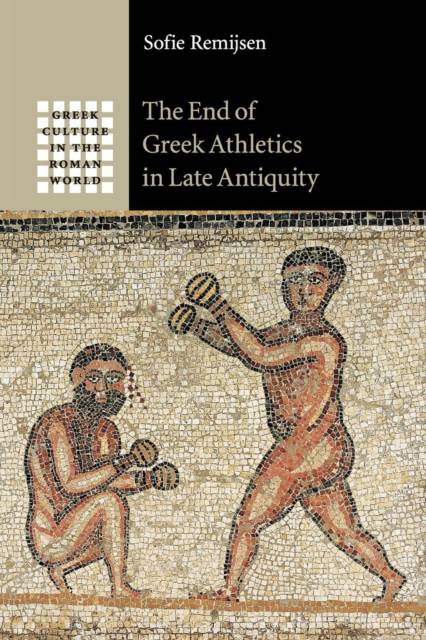
Door een staking bij bpost kan je online bestelling op dit moment iets langer onderweg zijn dan voorzien. Dringend iets nodig? Onze winkels ontvangen jou met open armen!
- Afhalen na 1 uur in een winkel met voorraad
- Gratis thuislevering in België vanaf € 30
- Ruim aanbod met 7 miljoen producten
Door een staking bij bpost kan je online bestelling op dit moment iets langer onderweg zijn dan voorzien. Dringend iets nodig? Onze winkels ontvangen jou met open armen!
- Afhalen na 1 uur in een winkel met voorraad
- Gratis thuislevering in België vanaf € 30
- Ruim aanbod met 7 miljoen producten
Zoeken
Omschrijving
This book presents the first comprehensive study of how and why athletic contests, a characteristic aspect of Greek culture for over a millennium, disappeared in late antiquity. In contrast to previous discussions, which focus on the ancient Olympics, the end of the most famous games is analyzed here in the context of the collapse of the entire international agonistic circuit, which encompassed several hundred contests. The first part of the book describes this collapse by means of a detailed analysis of the fourth- and fifth-century history of the athletic games in each region of the Mediterranean: Greece, Asia Minor, Syria, Egypt, Italy, Gaul and northern Africa. The second half continues by explaining these developments, challenging traditional theories (especially the ban by the Christian emperor Theodosius I) and discussing in detail both the late antique socio-economic context and the late antique perceptions of athletics.
Specificaties
Betrokkenen
- Auteur(s):
- Uitgeverij:
Inhoud
- Aantal bladzijden:
- 407
- Taal:
- Engels
- Reeks:
Eigenschappen
- Productcode (EAN):
- 9781107644700
- Verschijningsdatum:
- 29/03/2018
- Uitvoering:
- Paperback
- Formaat:
- Trade paperback (VS)
- Afmetingen:
- 152 mm x 229 mm
- Gewicht:
- 544 g

Alleen bij Standaard Boekhandel
+ 135 punten op je klantenkaart van Standaard Boekhandel
Beoordelingen
We publiceren alleen reviews die voldoen aan de voorwaarden voor reviews. Bekijk onze voorwaarden voor reviews.











